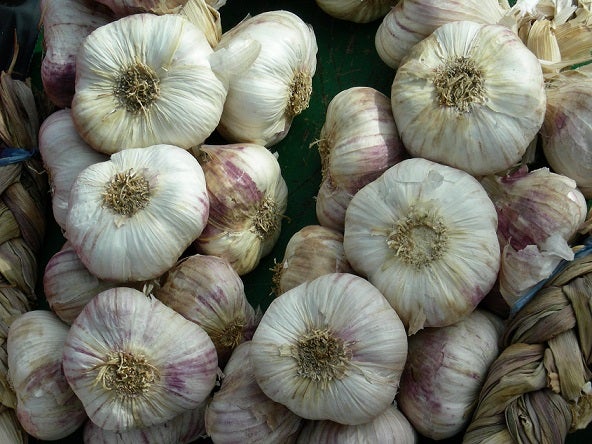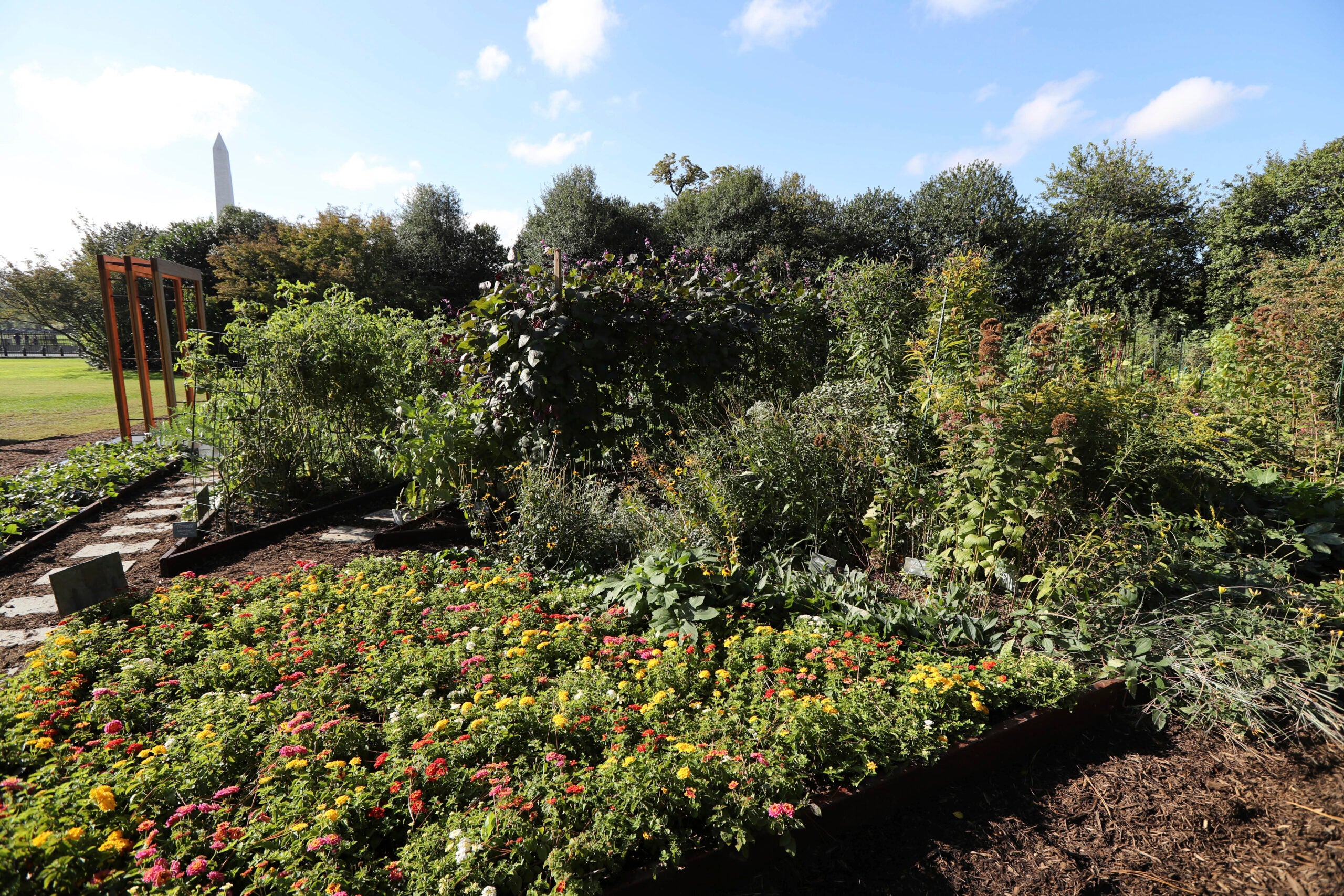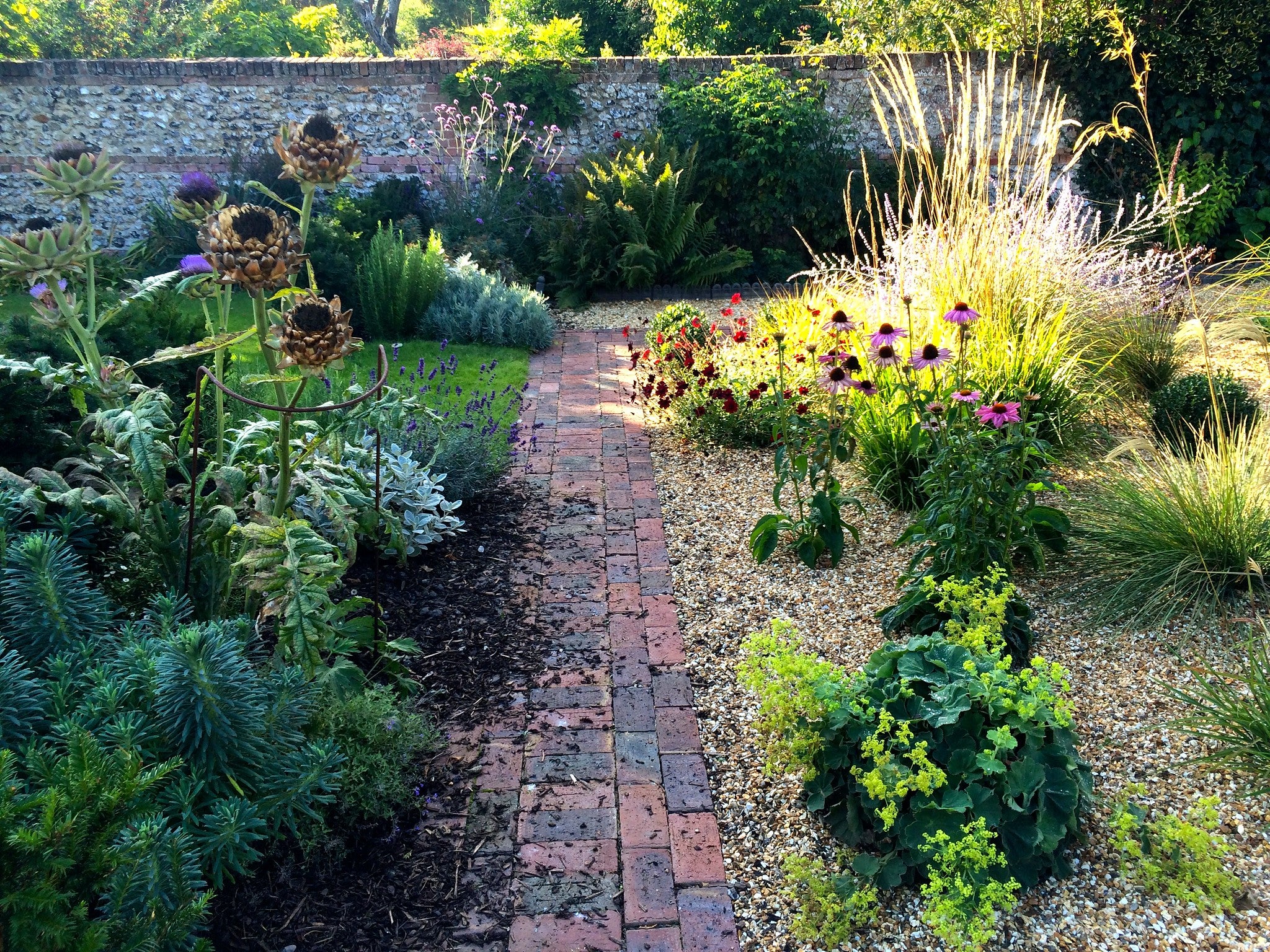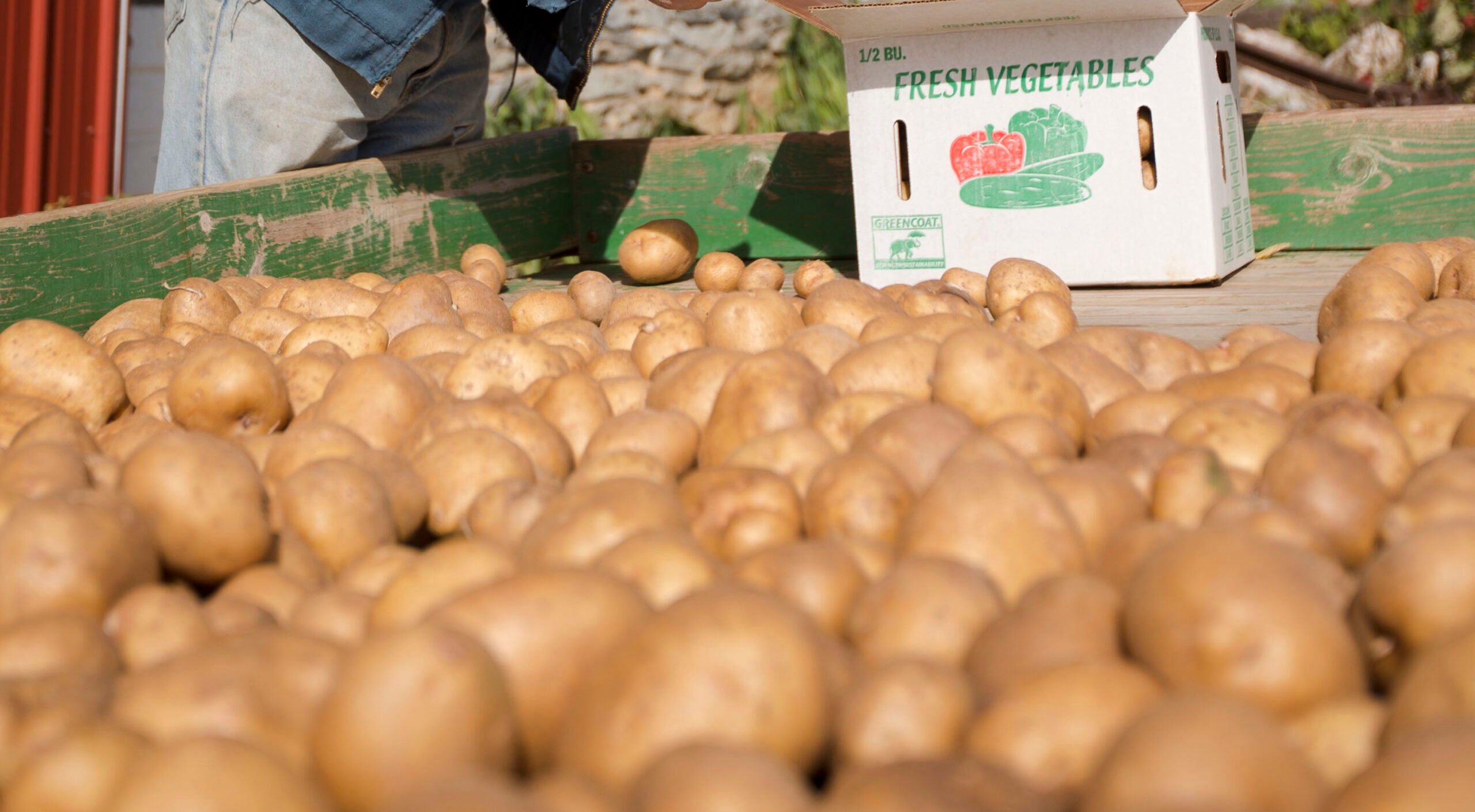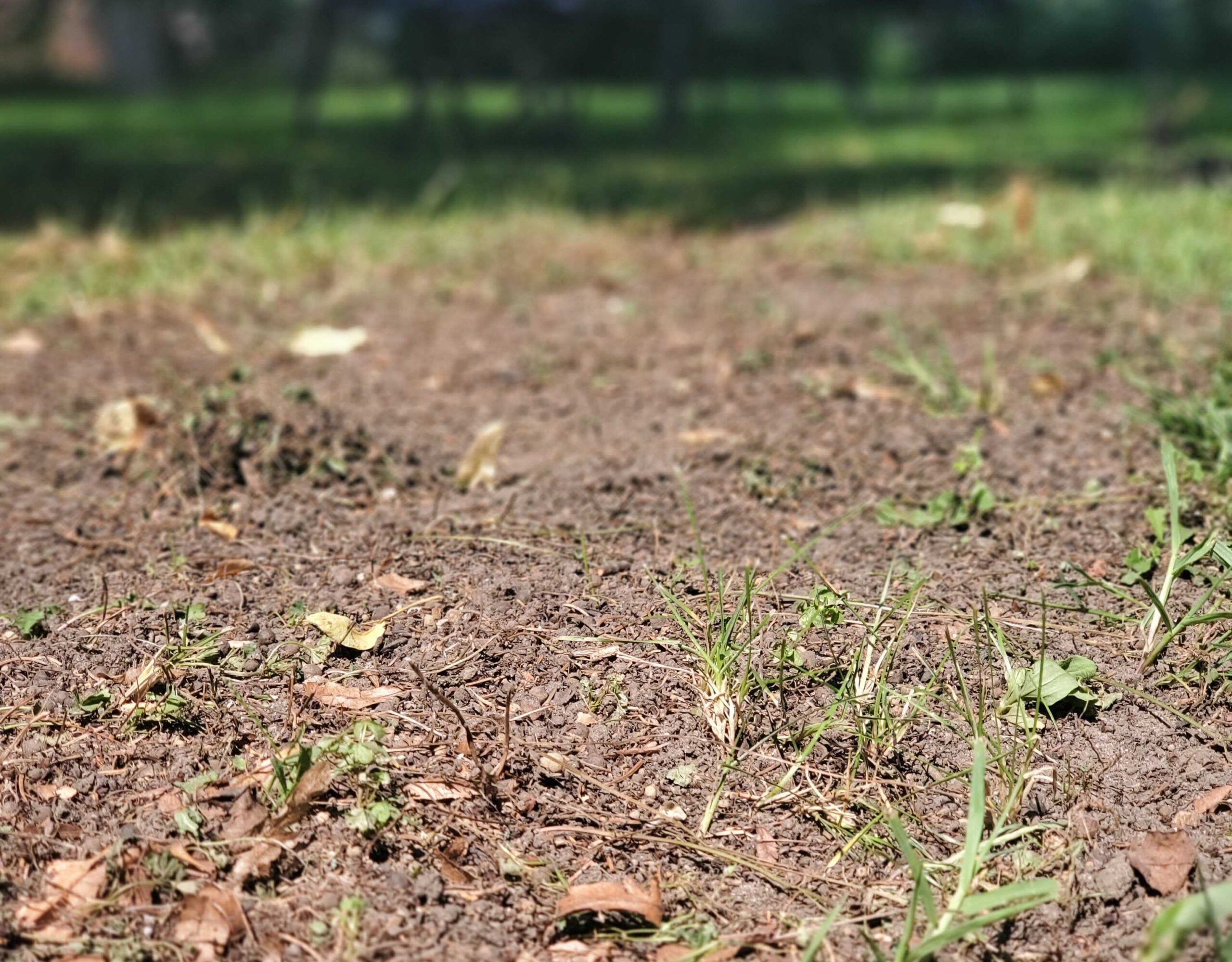On the edition of Garden Talk, it may seem like the season is over, but there is still plenty to do. Judith Siers-Poisson learns how and when to plant garlic and flower bulbs. Plus, what to clean up in the garden, and what to leave for some winter interest in the landscape.
Featured in this Show
-
Expert: Plant Garlic Now For Rewards Next Summer
Even though many can still count on some nice, warm fall days, there is no doubt that the gardening season will be wrapping up soon. But before gardeners put away the hose and the tools, there are some great things to get in the ground this fall to enjoy next year, and one of the easiest is garlic.
Patti Nagai, a University of Wisconsin Extension horticulture educator for Racine County, said that October is a great time to get the garlic in the ground.
“When you’re thinking of planting tulips and daffodils,” she said, “it’s also time to plant garlic.”
Nagai said that it’s an easy crop, and doesn’t have very specific growing needs other than a good amount of sun.
While people can plant garlic from seed, it will take several years to produce fully developed heads. Likewise, the bulbils that come up at the tip of the garlic scapes on hardneck varieties in the spring can also be planted, but those will also take a little longer to hit their stride, usually two to three years.
For the fastest results, plant individuals clove before the ground freezes in the fall to harvest full heads the following July, she said.
“For most of the cultivars, it takes about nine months,” Nagai said. “It’s just like having a baby!” That means planning for a garden spot that will be taken up by the garlic for an extended growing season.
Gardeners can plant garlic cloves that people buy to eat, but Nagai recommends not getting them for a supermarket since there’s no way to know how they were handled and stored. They might also be cultivars that are better suited for somewhere like California.
Garden centers often carry garlic for planting, and a local farmers’ market is a great source, too, especially for more unusual varieties. Plus, people can ask the farmer directly for advice on planting and the subtleties of the flavors and uses of each. When choosing heads to separate for planting, try to find those with the most cloves, even if they’re smaller. A person will get more heads at harvest time that way, Nagai said.
As for which end is up, Nagai said that each clove has a blunt end and a more tapered end. People want to plant the cloves blunt end down. The blunt end is where the roots will come from, and is the part that is closest to the root of the head as they’re separating it. The end that comes more to a point is where the shoots will emerge, and where a person will sometimes see green growth if garlic starts sprouting in the kitchen.
“Ideally, you would like that (tip) to point upwards,” Nagai said, “but plants are very clever, and they will figure out which end is up, and they will right themselves, and do what they need to do in order to grow correctly because they understand where the earth is, and where gravity is, and where the sun is going to shine.”
There are some ways to boost its performance. It prefers a higher pH soil, but can do fine in a fairly wide range around neutral on the pH scale. It definitely enjoys a well-drained soil that is rich in organic matter, so it’s especially great for a raised bed where someone can easily amend the soil. It also does well with a winter mulch to prevent the ground from freezing and thawing too much.
While there is some variation depending on the cultivar, a planting depth of three to four inches is recommended. For spacing, they’ll want to leave four to six inches between, although if they are using a more intensive gardening technique, like square-foot gardening, for example, they may end up putting them closer together. They will grow, but the heads might be smaller than when they have a little more elbowroom.
There are many different cultivars of garlic, each with its own flavor, size, and characteristics. For a sense of the diversity, visit this Dane County garlic farm’s website.
Episode Credits
- Judith Siers-Poisson Host
- Judith Siers-Poisson Producer
- Patti Nagai Guest
Wisconsin Public Radio, © Copyright 2024, Board of Regents of the University of Wisconsin System and Wisconsin Educational Communications Board.

